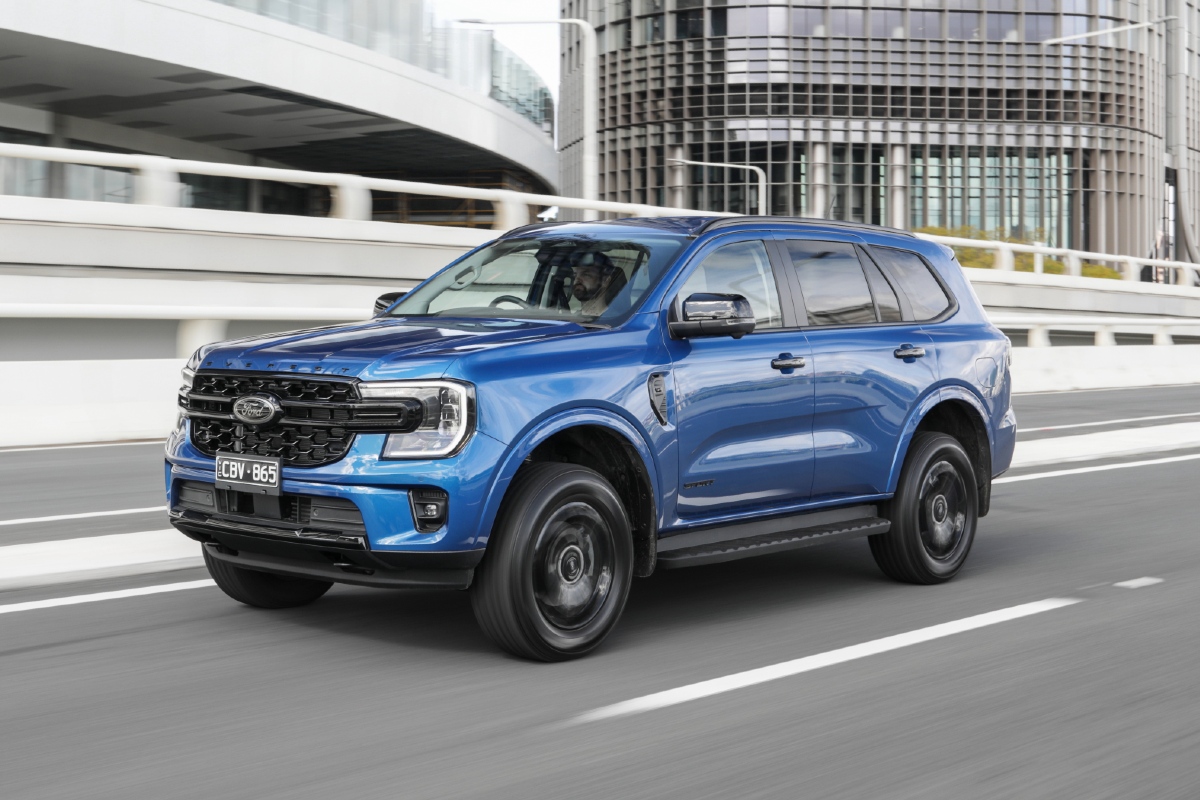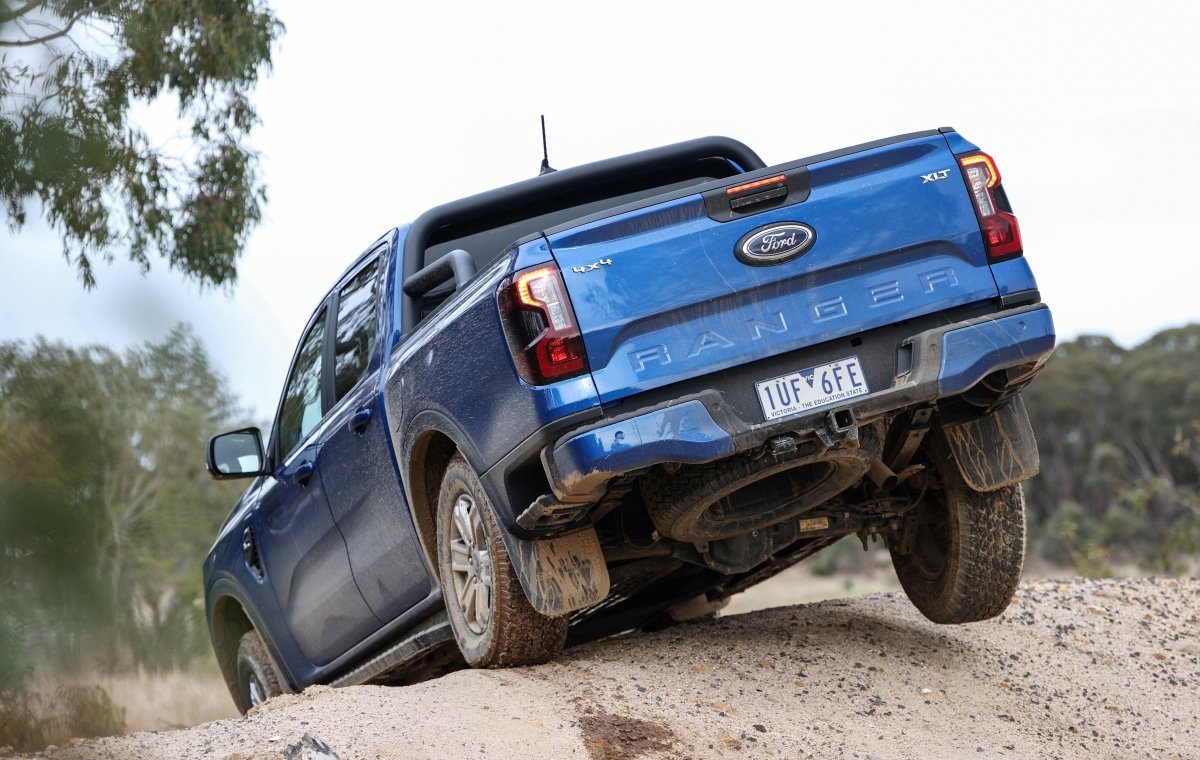The Ford Ranger and Everest are now dearer than they were last month, following a price rise enacted this week, impacting the brand’s two most popular models, with the ute being Australia’s best-selling vehicle overall.
Ford has increased the price of all turbo-diesel Rangers and the flagship petrol Ranger Raptor by $250, while the Everest is up by $250 in four-cylinder guise and $540 to $900 in V6 trim.
Crucially, the recently launched Ranger plug-in hybrid (PHEV) has not been hit with the price increase, though it still incurs a significant premium above its turbo-diesel counterparts.
“A range of market factors and other considerations impact pricing, and from time to time we adjust our recommended manufacturer’s list prices based on these,” a Ford Australia spokesperson told Torquecafe.

Earlier this week, Ford upped the price of the Mustang by $5000, though unlike the sports car, the Ranger ute and Everest SUV’s increases haven’t been partly blamed on the New Vehicle Efficiency Standard (NVES) emissions penalties.
“The introduction of the New Vehicle Efficiency Standard (NVES) was a factor in our decision,” Ford said regarding the Mustang’s price increase.
“Other influences that typically impact pricing include shipping and logistics costs, exchange rates, market dynamics, and customer demand.”
The NVES – which has been in place since January, though penalties only started to be applied on July 1 – sees carmakers fined $100 per every vehicle which is over certain emissions targets.

For ‘Type 2’ vehicles such as the Ranger and Everest, this means a target of 210g/km in 2025, 180g/km in 2026, 150g/km in 2027, 122g/km in 2028 and 110g/km in 2029.
At present, the diesel Ranger’s official tailpipe CO2 emissions figures vary in Australia, ranging between 199-211g/km for the single-turbo four-cylinder, 182-189g/km for the bi-turbo four-cylinder and 222g/km for the V6. The Raptor emits 262g/km and the PHEV manages 66g/km.
The Everest has claimed tailpipe emissions of 187-190g/km for the bi-turbo four-cylinder, and 224g/km for the V6.
Ford’s decision to raise prices across the Ranger and Everest lineups comes after the four-cylinder turbo-diesel engine offered in both vehicles was axed from sale in Europe and the UK, despite it being lower-emitting than the V6.
It’s not the first time Ford has raised prices of its two best-sellers in recent years, though it’s one of the few times there hasn’t been added equipment to compensate for the increase.
Despite this, the Ranger still holds a comfortable lead as Australia’s best-selling vehicle halfway through the year, while the Everest is also in the top 10.














Discussion about this post